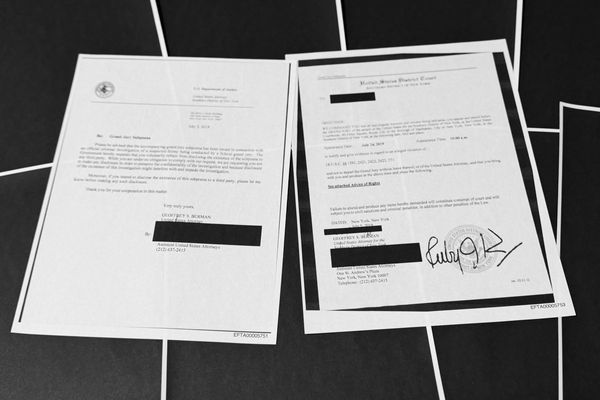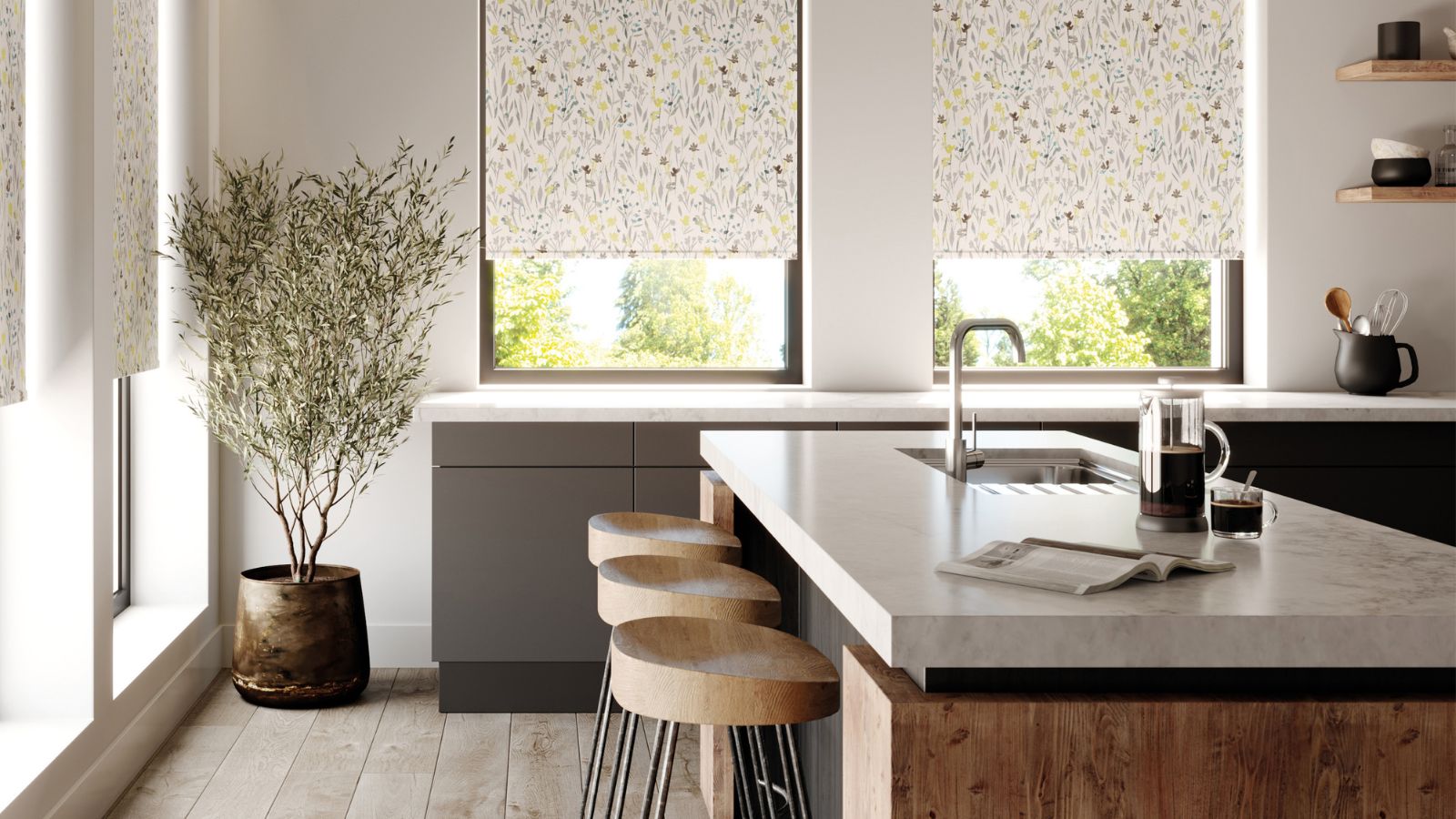
Even the most well-intentioned kitchen cleaning can result in mistakes that make your efforts less effective – or even cause damage.
From damaging delicate surfaces to using too much dish soap, cleaning a kitchen well relies on avoiding these seven common kitchen cleaning mistakes, as detailed by our cleaning professionals.
7 kitchen cleaning mistakes to avoid
1. Damaging delicate surfaces

Not all kitchen surfaces can handle harsh cleaners or abrasive scrubbing. These can cause etching, corrosion, or leave scratches, especially on natural materials.
Steven Ip, founder of Cleanzen, says, 'Perhaps the most common error I see is the use of strong cleaners on metal finishes, like a stainless steel sink. This can strip away the protective coating, leading to dullness or even corrosion. This often happens when you clean nearby areas, like countertops or tiles, and the cleaner accidentally comes into contact with the sink.
'To prevent this issue, always choose a cleaner that's safe for both tiles and stainless steel, or use a cleaner specifically designed for multi-surface use.'
Ip recommends Mrs. Meyer's All-Purpose Cleaning Spray, available at Walmart, adding, 'This one is effective and safe for tile floors, countertops, and even stainless steel sinks.' Attitude's Citrus All-Purpose Spray, also from Walmart is another versatile but reliable option.
Laminate surfaces are another that can suffer at the hands of harsh chemicals like bleach.
Ip says, 'Another common mistake is using bleach to remove stains on a white laminate countertop. If left on too long, bleach can cause discoloration or weaken the material over time.
'Opt instead for a spray that's safe for laminate surfaces. Personally, I like Method Daily Granite Cleaner from Amazon – though it's designed for granite, it's also safe for laminate surfaces, neatly removing stains and grime.'
Caring for natural stone worktops also requires special care. Using vinegar or acidic cleaners on stone countertops can cause damage.
Erin Zanelli, owner of Tranquil Home, says, 'While vinegar is a great natural cleaner, it’s too acidic for natural stone like granite, marble, and quartz. Over time, it can dull the finish, weaken the sealant, and cause etching on the surface.
'For daily cleaning, wipe surfaces with a damp microfiber cloth and warm water. For deeper cleaning, use a pH-neutral, stone-safe cleaner applied with a soft cloth or sponge. Always avoid abrasive scrubbers on delicate surfaces.'
More Stone & Quartz Cleanser from Amazon is a reliable pH-neutral cleaning spray with different scent options, including peppermint-thyme.
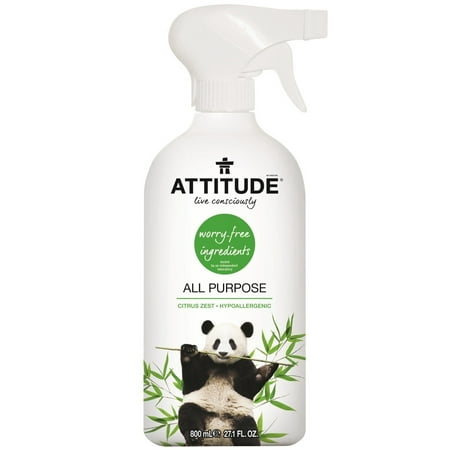
This versatile, eco-friendly cleaner is suitable for multiple surfaces around the kitchen. Its plant-based composition makes it safe for use around children and pets. The 27-fl-oz bottle is long-lasting, and it leaves behind a refreshing citrus scent.
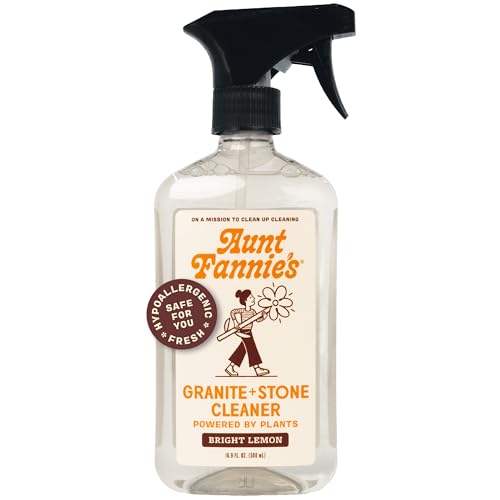
Cleaning pro Erin Zanelli recommends this non-toxic cleaner, which is pet-friendly and has a fresh lemon smell. She says, 'It safely cleans and preserves natural stone without damaging the sealant. I love it because it’s streak-free and has a light, fresh scent.'
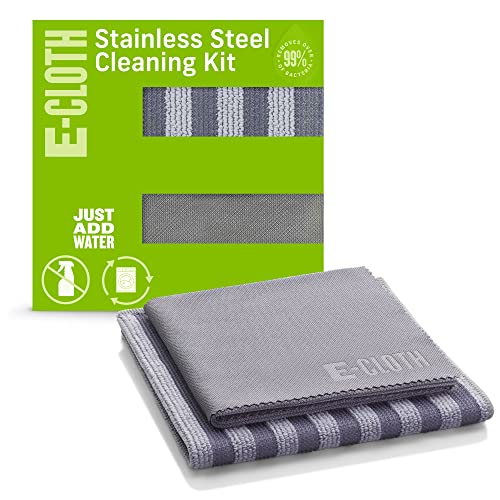
Zanelli also recommends these reusable clothes that come with a 100-wash, one-year promise. Made from 75% polyester, they're ideal for cleaning stainless steel safely – the striped textured side is designed for brushed steel and the softer solid side for polished steel.
2. Ignoring the sink drain
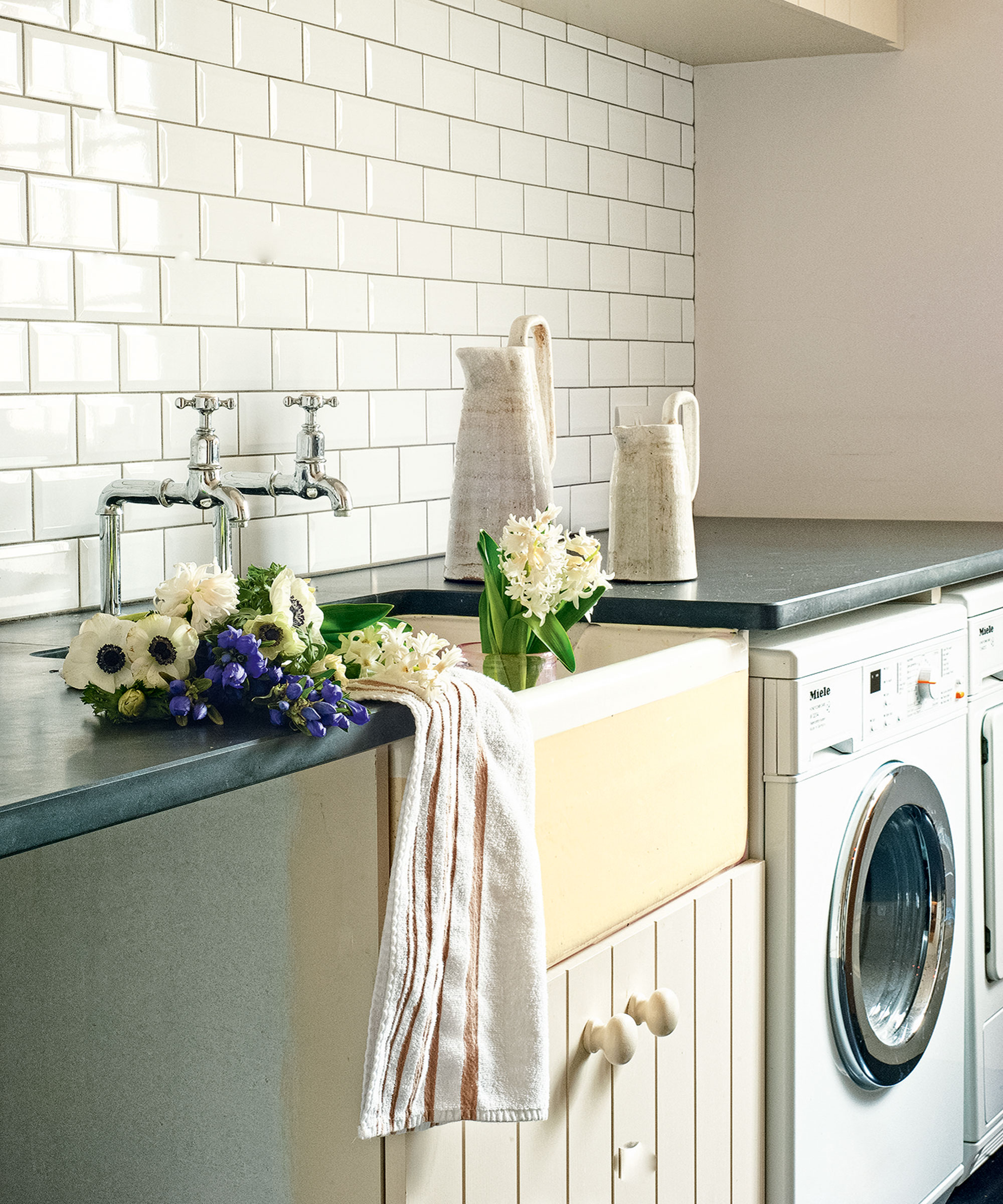
Your kitchen sink might look clean, but if the drain isn’t maintained, it can become a breeding ground for bacteria and unpleasant odors.
Zanelli says, 'Food debris, grease, and soap scum build up in sink drains, causing bad odors and potential clogs. Many people only clean the sink basin but neglect the disposal and drain.
'To clean the drain properly, first pour half a cup of baking soda down the drain, followed by one cup of white vinegar. Let it fizz for 5–10 minutes to break down grime and deodorize before rinsing with boiling water to flush away residue.'
White vinegar, available in large containers at Walmart, while Arm & Hammer Pure Baking Soda, also from Walmart, is ideal if you often clean with baking soda.
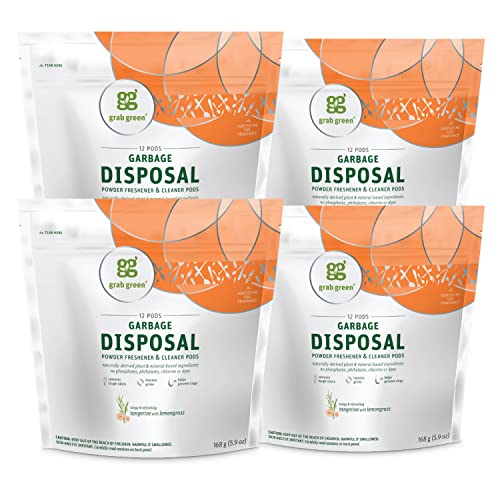
Zanelli recommends these eco-friendly pods that loosen grime and prevent drains and disposals from clogging. She says, 'I love them because they use plant- and mineral-based ingredients to safely break down grime and eliminate odors without harsh chemicals.'
3. Forgetting the trash can
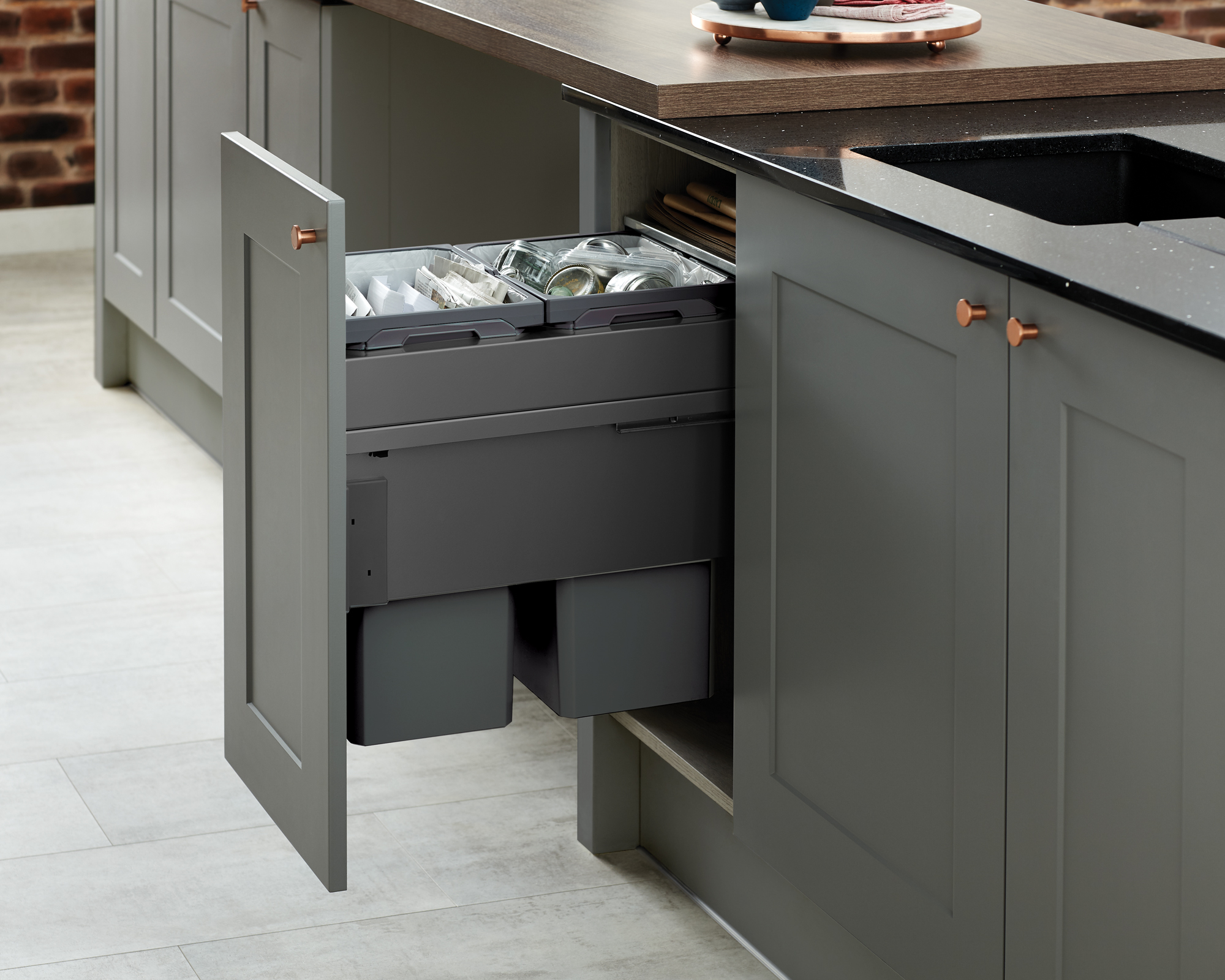
Even if you take out the trash regularly, the can itself can harbor grime, bacteria, and lingering odors. Spills, leaks, and food residue can accumulate at the bottom, so it's no surprise that it's one of the dirty spots professional cleaners always notice in homes.
To prevent this, wash the inside of the trash can with warm, soapy water weekly and sprinkle baking soda at the bottom to absorb odors.
Wells Ye, founder of Fresh Tech Maid, says, 'We all know that if you don't change the garbage often enough, the smell of leftover food can attract pests. But many people forget that the can itself needs regular cleaning too.
'Regularly empty the trash and rinse the trash can's interior with mild soap and hot water to remove the buildup of food particles. Use disinfecting spray and enable the trash van to air dry completely to prevent moisture buildup.'
If making your own cleaning spray, consider adding a few drops of your favorite essential oil to mask trash can smells.
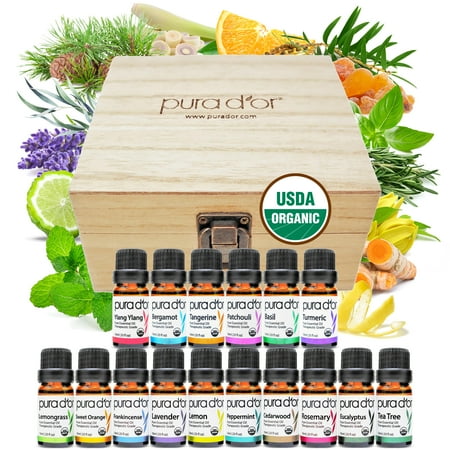
With 16 stunning scents ranging from lavender to tea tree, this complete starter set of essential oils is perfect for those who love to customize their home's scent and mix their own cleaning products.
4. Forgetting behind appliances
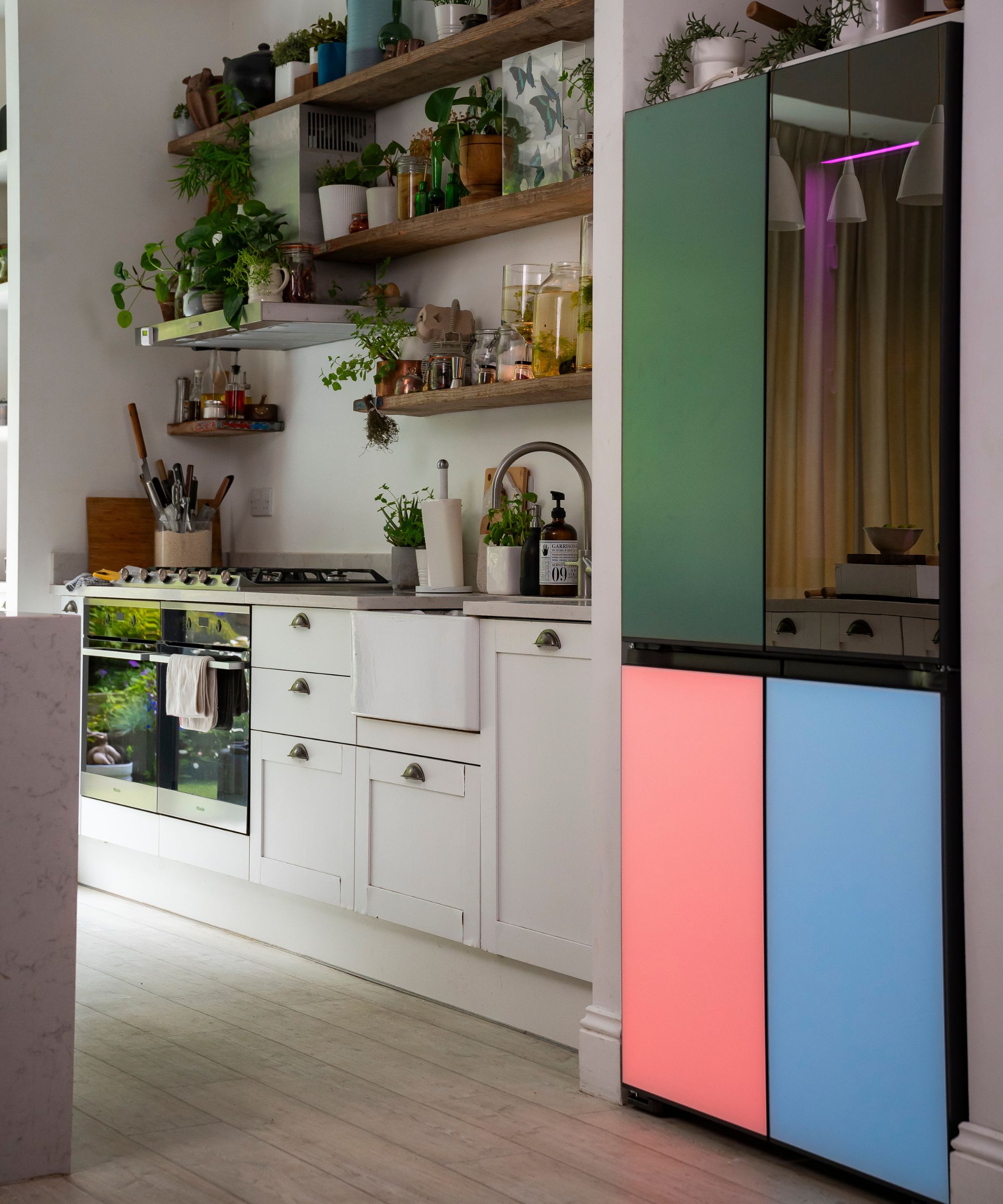
Crumbs, grease, and dust can collect behind and underneath appliances, creating an ideal environment for pests and bacteria.
Ye says, 'Many homeowners forget to clean the areas behind the appliances like refrigerator, stove, microwave, and dishwasher. However, dust, food crumbs, and grease slowly accumulate in these hard-to-reach areas over time, sometimes resulting in foul odors.'
Instead, whenever you clean your refrigerator – or even smaller appliances such as your microwave, air fryer, coffee maker, kettle, or blender – pull it out far enough to fully tackle the area underneath and behind.
Ye explains, 'I typically begin by using a vacuum cleaner, then wipe away any grease or grime with a cloth and cleaning spray. When cleaning behind the refrigerator, remember to check the coils and remove any dust buildup to reduce energy consumption and increase efficiency.'
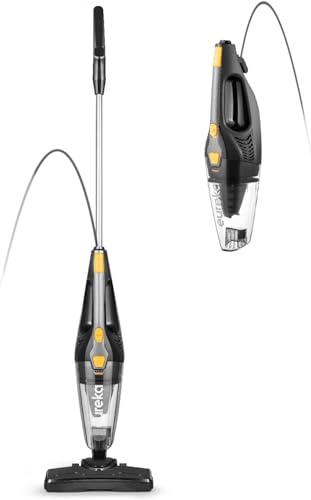
Cleaning pro Wells Ye recommends this clever vacuum, that can detach to become handheld. He says, 'I use this to clean under and behind appliances. The lightweight design makes maneuvering around heavy kitchen appliances like my washer or refrigerator easy. Moreover, the cleaner's strong suction efficiently removes dust, dirt, and crumbs from tight spaces.'
5. Overusing the sponge
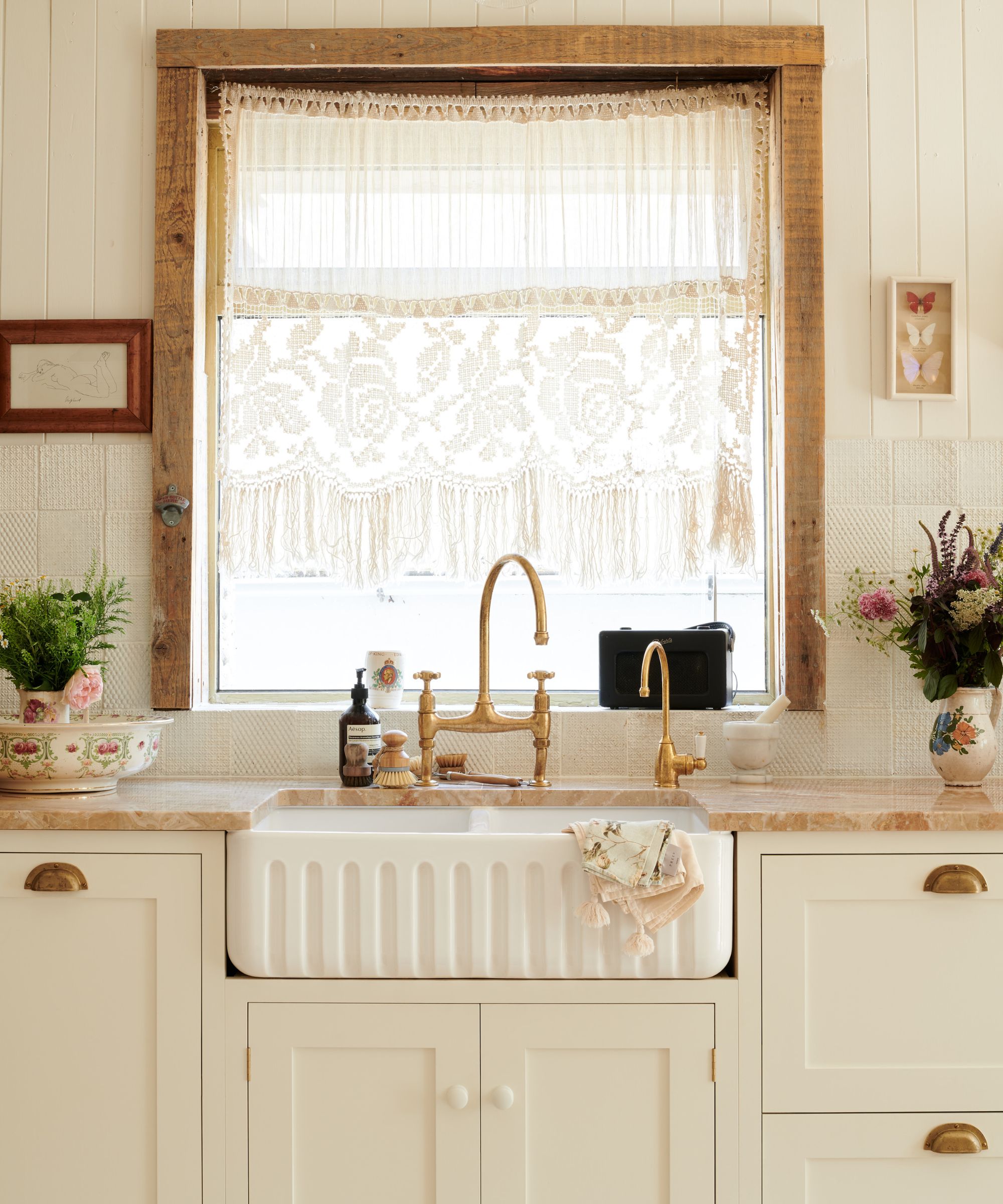
A kitchen sponge is one of the most bacteria-ridden items in the home, especially if it’s damp and used for too long.
Karina Toner, operations manager at Spekless Cleaning, says, 'Sponges trap bacteria, food particles, and grease. Many people don't realize that a dirty sponge can spread germs instead of cleaning them up!
'Instead, replace your sponge every one to two weeks, or sooner if it smells. Disinfect between uses by microwaving a damp sponge for 30-60 seconds. You can also consider using silicone sponges or disposable cleaning wipes.'
The Scrub Daddy Sponge, from Walmart is a reliable option that has gentle abrasion under warm water for your regular cleaning but goes hard under cold water when you need to clean tougher kitchen grease.
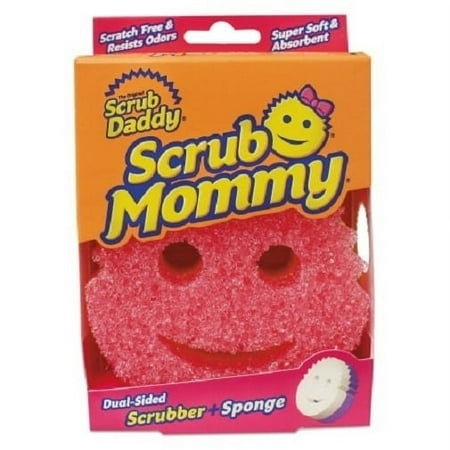
This bestselling sponge not only has excellent versatility – including a handy smile that will help you clean your cutlery – it can also be easily cleaned and sanitized. Simply throw it into your dishwasher for one spin cycle and it comes out sanitized.
6. Forgetting the dishwasher filter
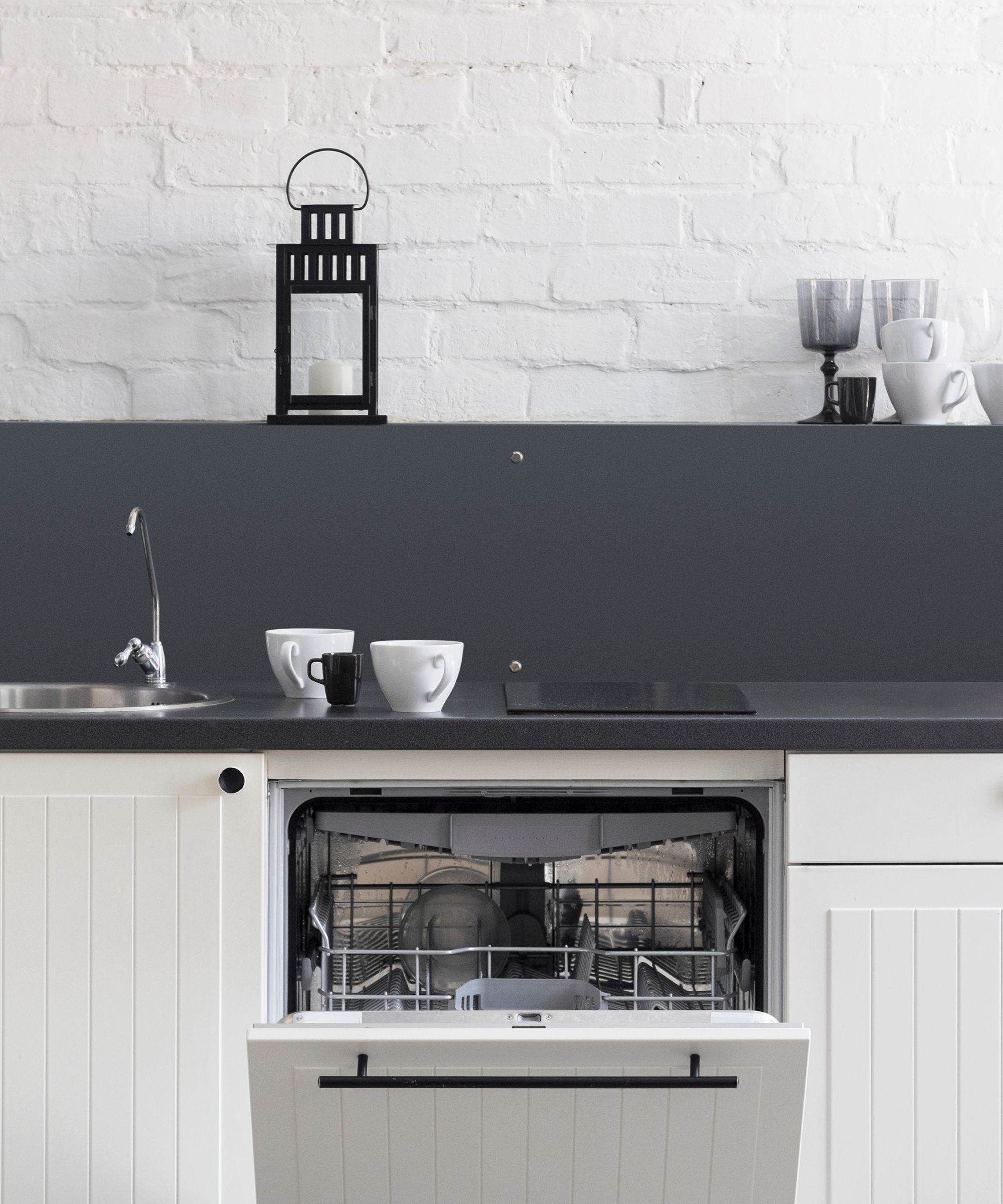
Many people assume their dishwasher is self-cleaning, but the filter inside can trap food particles and grease, leading to poor performance and bad odors.
Toner says, 'A clogged dishwasher filter leads to dirty dishes, bad smells, and poor drainage. To clean your dishwasher filter properly, remove and rinse it once a month under hot water, then soak it in vinegar to break down grease. Meanwhile, clean your dishwasher with a damp cloth.'
When addressing your dishwasher, cleaning with vinegar is an easy and natural option that only requires placing a dishwasher-safe bowl full of white vinegar on the top rack and running a normal cycle. You can also keep it clean by using lemon halves in your dishwasher regularly.
7. Using too much dish soap
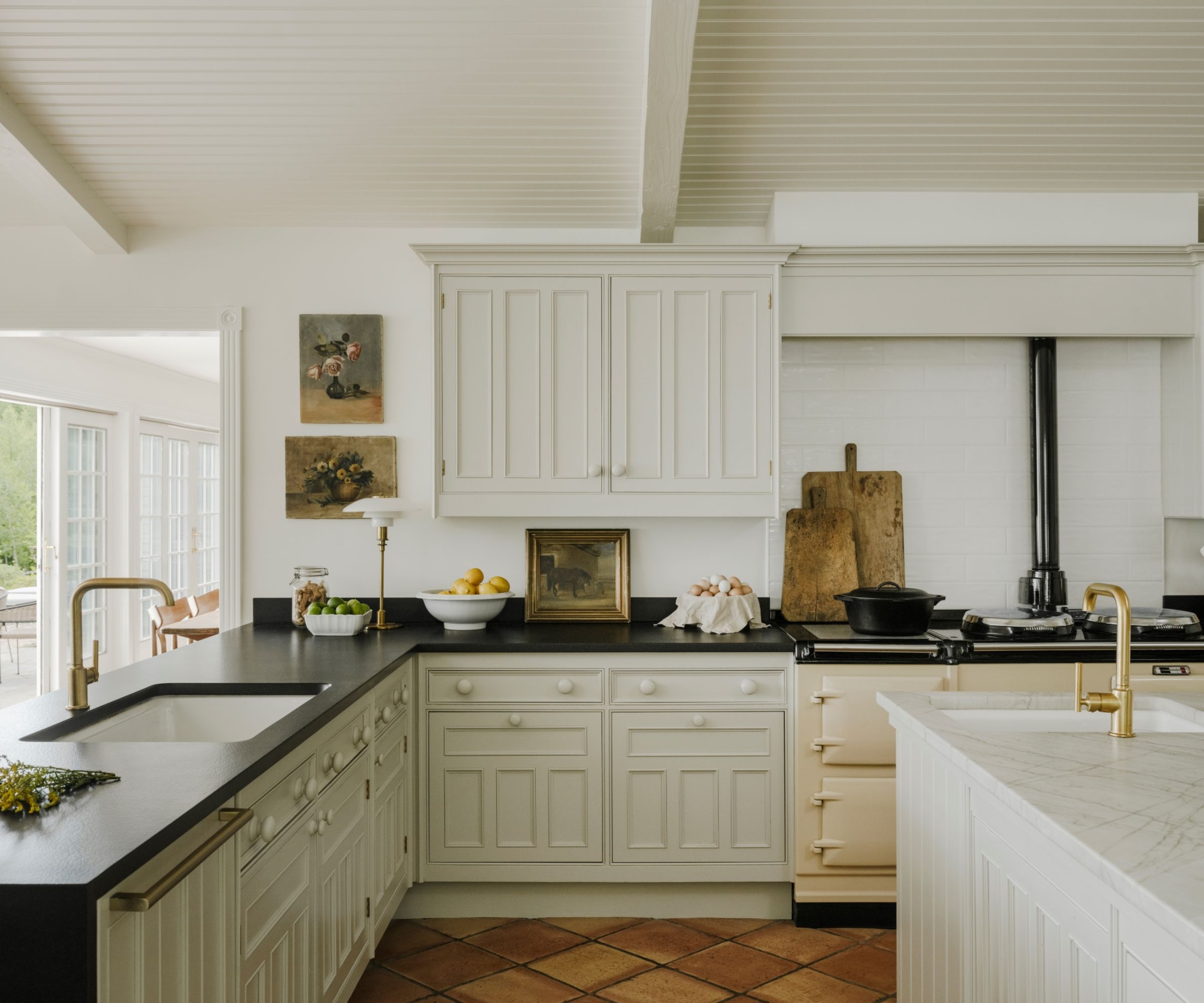
It’s easy to think that more soap equals cleaner dishes, but overusing dish soap can leave a filmy residue on both dishes and sink surfaces.
Toner says, 'Excess soap leaves a film on dishes and surfaces, making them look cloudy. It also means you're paying more than you need. Instead, use only a few drops of soap per dish load, rinsing thoroughly with hot water to remove all residue.'
Dawn Ultra Dish Soap from Walmart is our favorite brand for its combination of effectiveness and affordability.
Remember also that wiping the sink down after every use is one of the many things people with clean kitchens always do to keep a kitchen spotless.
Meet the experts
So there you have it – seven kitchen cleaning mistakes, and what to do instead.
Cleaning the kitchen isn’t just about wiping down countertops – it’s about maintaining every part of the space. By avoiding these common mistakes, you can keep your kitchen cleaner, extend the life of your appliances, and make daily maintenance easier.
Following a kitchen closing shift routine nightly can also help you stay on top of mess, tackling crumbs and grease before you end up cleaning when you feel overwhelmed.

